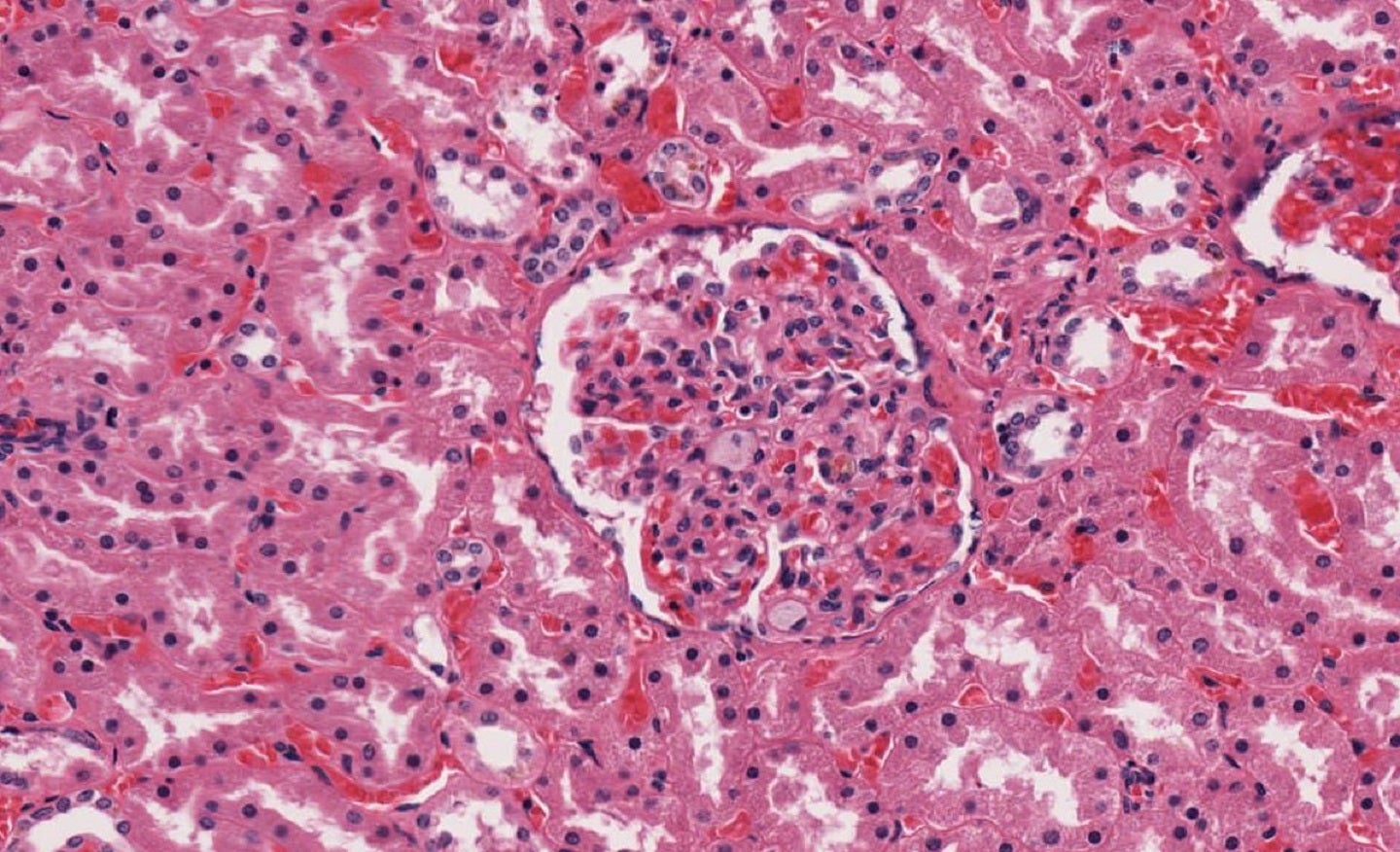
Azafaros has enrolled the first participant in its Phase II RAINBOW trial of AZ-3102 in GM2 gangliosidosis and Niemann-Pick disease type C (NP-C) patients.
Being conducted in the US and Brazil, the 12-week, multicentre, randomised, placebo-controlled, double-blind trial has been designed for evaluating the pharmacokinetics, pharmacodynamics, tolerability, and safety of AZ-3102 across two doses.
A total of 12 participants, aged between 12 and 20 years, including six with NP-C and six with GM2, are planned to be enrolled in the trial.
In the trial, each participant will receive either a low dose, a high dose, or a placebo.
The company noted that the participants who complete the 12-week trial period will have a chance to join a double-blind extension trial, subject to approval from the health authorities of the country.
The trial’s objective is to determine AZ-3102’s clearance from the body and the effect of two different therapy doses in patients for identifying the target dose for the company’s planned Phase III pivotal trials.
Azafaros CEO Stefano Portolano said: “Today’s announcement demonstrates our commitment to address the significant unmet medical needs of GM2 and NP-C patients.
“The design of the RAINBOW study allows us to move quickly and advance AZ-3102 as a potentially transformative treatment for these patients by defining the optimal dose for a paediatric population in a Phase III efficacy study, which we plan to initiate in 2024.”
A new, orally available, brain-penetrant azasugar, AZ-3102 has a unique, dual mode of action.
It inhibits two key enzymes that are involved in the metabolism of glycosphingolipids.



